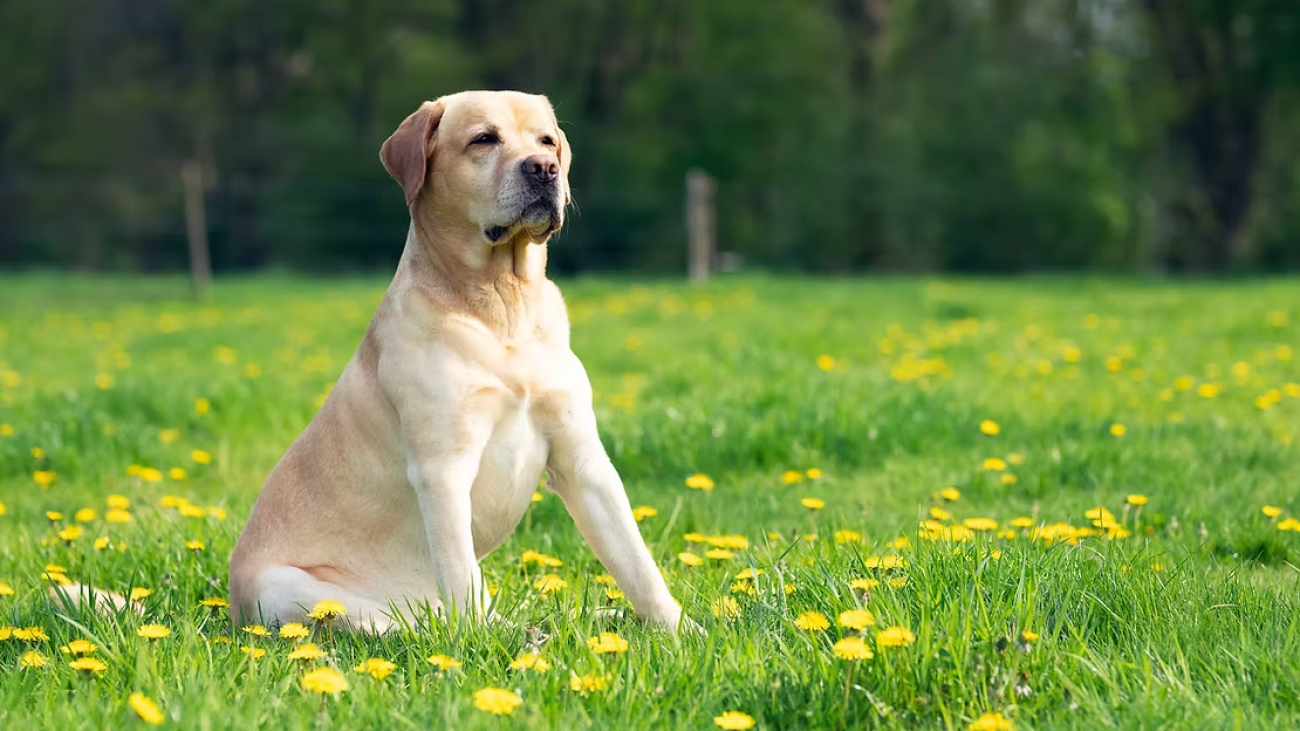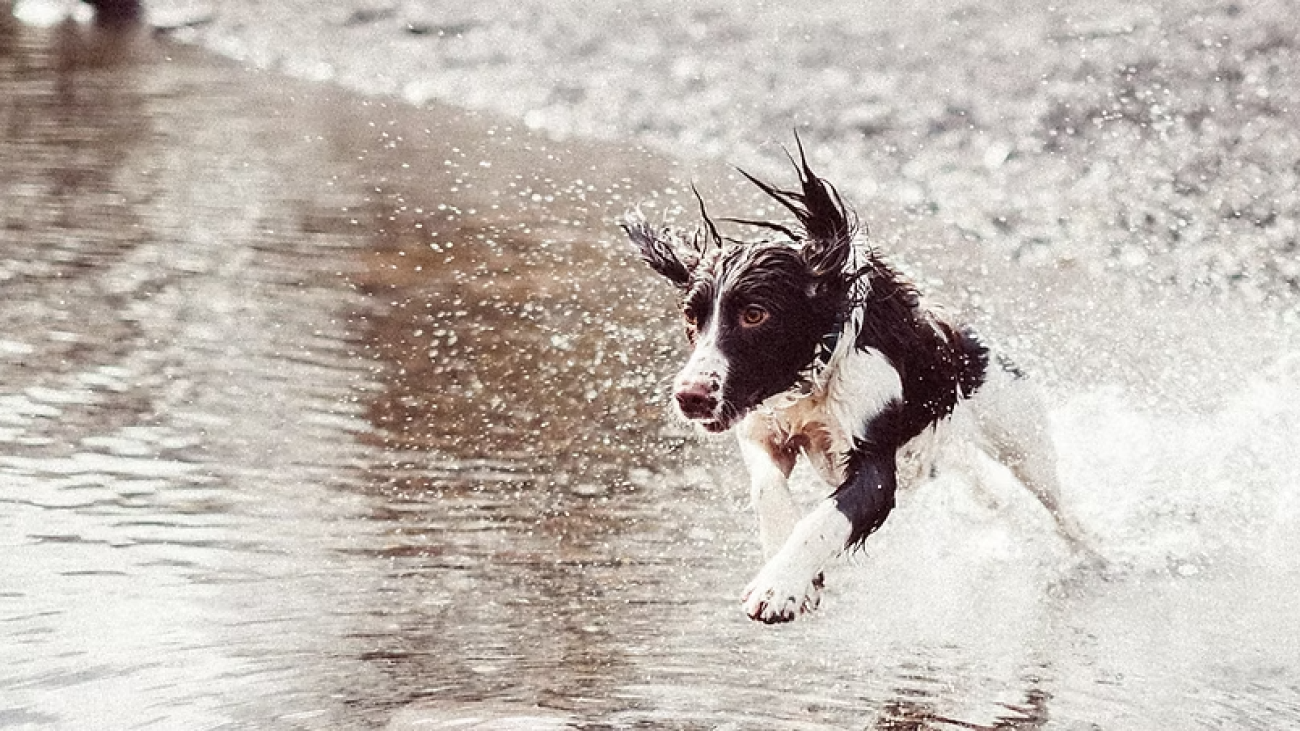Most dog parents know their dogs need exercise. But here’s the part we don’t talk about enough: not all exercise is created equal. A quick walk around the block on a leash might check the box, but it doesn’t always meet your dog’s deeper needs — physically, mentally, or emotionally.
That’s where off-leash time comes in.
Whether it’s in your backyard, a secure dog park, a rented field, or a safe hiking trail, off-leash freedom is one of the most valuable gifts you can give your dog. It allows them to move naturally, explore at their own pace, decompress, and just be a dog.
And science backs this up.
The Science Behind Off-Leash Movement
A 2020 study published in the journal Animals found that dogs given off-leash exercise regularly were significantly more active and displayed more balanced behavior than dogs limited to leash walks only. Another study from the University of Bristol found that dogs with frequent off-leash time showed higher confidence, better social skills, and reduced stress-related behaviors.
Why? Because off-leash time isn’t just about movement — it’s about freedom of choice. Dogs need the opportunity to sniff, meander, stop, run, circle back, and interact with their environment without constant tension on the leash.
It’s physical enrichment, but it’s also mental stimulation — and both are equally important for a well-rounded, behaviorally balanced dog.
The Physical and Mental Benefits of Off-Leash Time
When dogs are allowed to move freely, they use their muscles more dynamically, improve their coordination, and get better cardiovascular exercise. It’s the difference between a treadmill jog and a trail run — more natural movement, better engagement, and more satisfaction.
But the mental benefits might be even more important. Off-leash time triggers endorphin release, which helps reduce anxiety and promote emotional regulation. You may notice your dog sleeps better, reacts less, and seems generally calmer after a good off-leash session. That’s not a coincidence — it’s biology.
Off-leash time also satisfies your dog’s natural instincts — sniffing, exploring, scanning the environment, and making decisions. These aren’t just preferences; they’re hardwired needs.
Why Behavior Improves With Off-Leash Time
Leash frustration is a real thing. When a dog is constantly restrained, especially in stimulating environments, they build frustration that can spill over into reactivity, pulling, barking, and general stress.
Off-leash dogs — or dogs who regularly get off-leash time in a safe environment — tend to be more confident, less anxious, and more responsive to training cues. They have more mental outlets, fewer pent-up behaviors, and often exhibit calmer body language overall.
In fact, many trainers now include “decompression walks” (off-leash or long-line sniffy walks) as part of behavior rehabilitation plans. Because it works.
It’s Not Just for High-Energy Dogs
One of the biggest misconceptions is that off-leash time is only necessary for young, energetic dogs. The truth? Every dog benefits from free movement. Seniors, lower-energy dogs, even those with mobility limitations can all benefit from safe, low-impact freedom to sniff and explore on their own terms.
This isn’t about running laps — it’s about autonomy, choice, and fulfillment.
Even a slow walk in a secure field can be deeply enriching for a senior dog who just wants to poke around in the grass, follow a scent trail, or stretch out on their own terms.
What If Off-Leash Isn’t an Option?
Let’s be honest — not everyone has access to wide open fields or off-leash trails. That’s okay. You can still give your dog a similar experience with long-line decompression walks (using a 15–30 ft leash in a quiet area), SniffSpots, or private field rentals.
The goal isn’t distance — it’s freedom and choice.
Let your dog set the pace. Let them lead the way. Let them sniff for five full minutes in one patch of grass without being tugged along. That’s where the magic happens.
The Bottom Line: Dogs Deserve to Move Freely
At the end of the day, this isn’t just about exercise — it’s about well-being. Dogs weren’t meant to walk in straight lines at human pace on a 6-foot leash. They were meant to move, explore, make decisions, and engage with the world around them.
Off-leash time allows them to do just that — safely, happily, and fully.
Even if you don’t have access to trails or open land, that doesn’t mean you’re out of options. A long-line decompression walk in a quiet space can offer many of the same benefits. It’s not about how far they go — it’s about how freely they can move. Letting your dog sniff, lead the way, and explore at their own pace does wonders for their stress levels, their behavior, and their overall sense of calm.
And no — your dog doesn’t need to have perfect recall to benefit from this kind of freedom. Recall is a skill, not a personality trait, and it’s one you can build over time. Use a long line, start in secure spaces, and give your dog the opportunity to experience movement without constant restraint. It doesn’t have to be every day — even a couple of sessions a week can make a meaningful difference.
Off-leash time is one of the most overlooked pieces of a well-rounded, behaviorally sound dog’s life. And in a world where so many dogs struggle with anxiety, reactivity, or over-arousal, sometimes the simplest solution is just letting them move more naturally — letting them be dogs.





